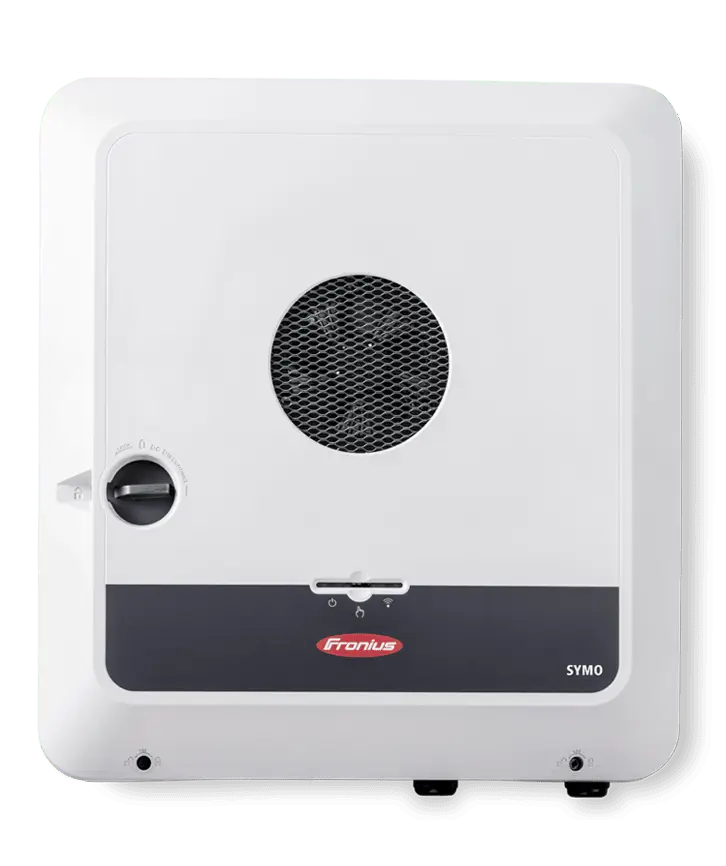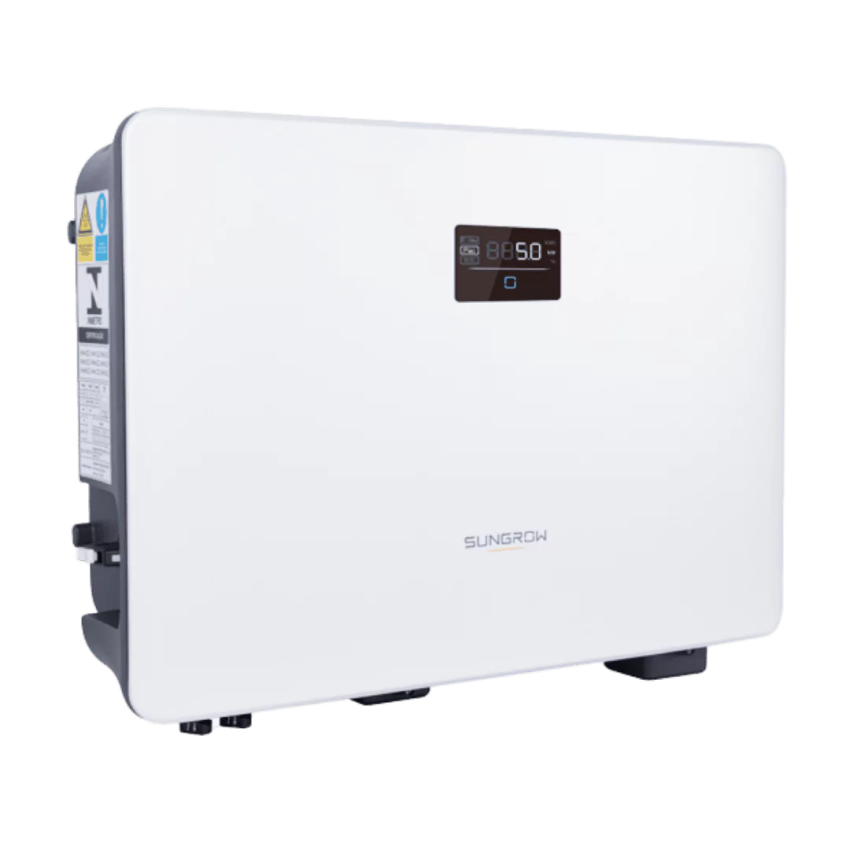What Is Solar Energy?

There are many ways to bring light, heat, and electricity into our homes. Today, more and more people are leaning towards renewable energy sources, not just because they’re better for the environment but also because they can be much more cost-effective and sustainable if used correctly.
Solar is one of those energy sources, and in the year 2020, 9% of Australia’s energy generation came from solar. But what exactly is solar energy? Why should anyone care? And how can you start using solar to power your own home? Let’s find out.
Simply put, solar energy is energy derived from sunlight. An unbelievably massive ball of burning gas, the sun is the largest body in our solar system and produces enormous energy.
When we harness the power of the sun using tools like solar panels, we can convert that power into thermal or electrical energy which can be used to power our homes and cities.
One of the main benefits of solar is that it’s incredibly widely available, especially in countries like Australia where sunny days are common. Solar is also highly sustainable and is much better for the planet than fossil fuels like coal, oil, and gas.
Every second, the sun produces enough energy to provide the earth with 500,000 years worth of power. If we can effectively harness this resource, we can easily provide homes, cities, and entire countries with huge amounts of clean, renewable energy.
Australia — a country with a vast landmass and lots of sunlight — receives about 58 million PJ of solar radiation per year. That’s 10,000 times more energy than Australia consumes in the same time frame. Think about that: Australia only needs to harness 0.01% of its solar energy to power the entire country.
Here are some of the main benefits of using solar to power your home:
We’re making good progress — today, there are at least 92.7 billion solar panels in use throughout the world, and those panels are becoming more efficient. Solar panel efficiency has increased from just 6% in 1954 to more than 40% on the highest-efficiency panels today.
So how can you tap into the huge amounts of solar energy beating down on your home and start getting the benefits?
The answer is solar panels. You’ve almost certainly seen solar panels before — they’re usually arranged on the roofs of buildings where they get most uninterrupted exposure to the sun.
Solar panels work by capturing available sunlight and converting it to DC power, which is then further converted to AC power (by means of a device called an inverter) so it can be used in the electrical grid to power our homes.
You can store solar power, too, in batteries. This is a great option if you receive more solar energy than you need during sunny seasons, and your needs exceed your supply at different times of the year.
At Snap Solar, we can help you set up your own solar panel system designed to tap into the impressive solar resources of North Queensland. We’ll talk you through the best approach for your home and area and teach you the basics of maintaining and managing your equipment. Contact us to find out more and get started.
In the world of renewable energy, solar power stands out as a beacon of clean and sustainable electricity generation. The heart of a solar power system lies in its solar panels, which convert sunlight into direct current (DC) electricity.
However, to make this energy usable for our homes and industries, we need to convert it into alternating current (AC) electricity through a critical component known as a solar inverter. While solar inverters play a vital role in our transition to a greener future, they often raise the question: Why do solar inverters get hot? This article explores the factors contributing to the heat generated by solar inverters.
A solar inverter is a sophisticated electronic device responsible for converting the DC electricity generated by solar panels into AC electricity suitable for consumption or distribution on the grid. It serves as a bridge between the photovoltaic system and our appliances, ensuring efficient and reliable energy delivery. However, this conversion process isn’t without its challenges, one of which is the heat generated during operation.

While a certain level of heat generation is normal for solar inverters, excessive heat can lead to several issues:

Manufacturers are continuously working to improve inverter designs and cooling systems to mitigate heat-related issues. This includes optimising the arrangement of electronic components, enhancing heat dissipation mechanisms, and implementing smart control systems that adjust inverter operation based on temperature and load conditions.
Solar inverters play a pivotal role in converting solar energy into usable electricity, enabling the widespread adoption of solar power systems. While heat generation is an inherent aspect of their operation, it’s crucial to manage and mitigate this heat to ensure optimal efficiency, longevity, and safety. As solar technology advances, inverter designs will continue to evolve, resulting in more efficient, reliable, and cooler-running solar power systems that contribute to a cleaner and more sustainable energy future.
Contact our solar specialist today to learn more about how solar energy can power your future while keeping things cool and efficient.